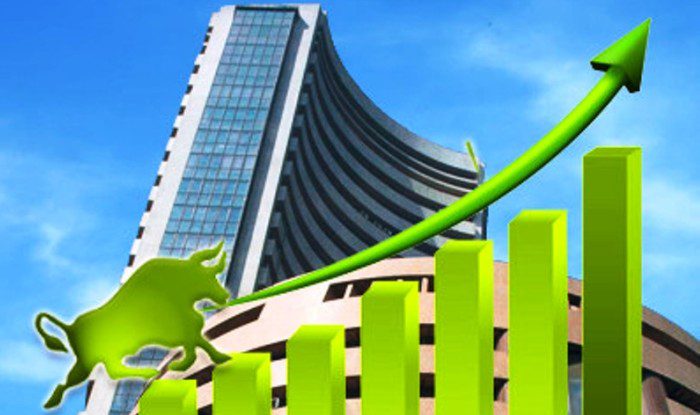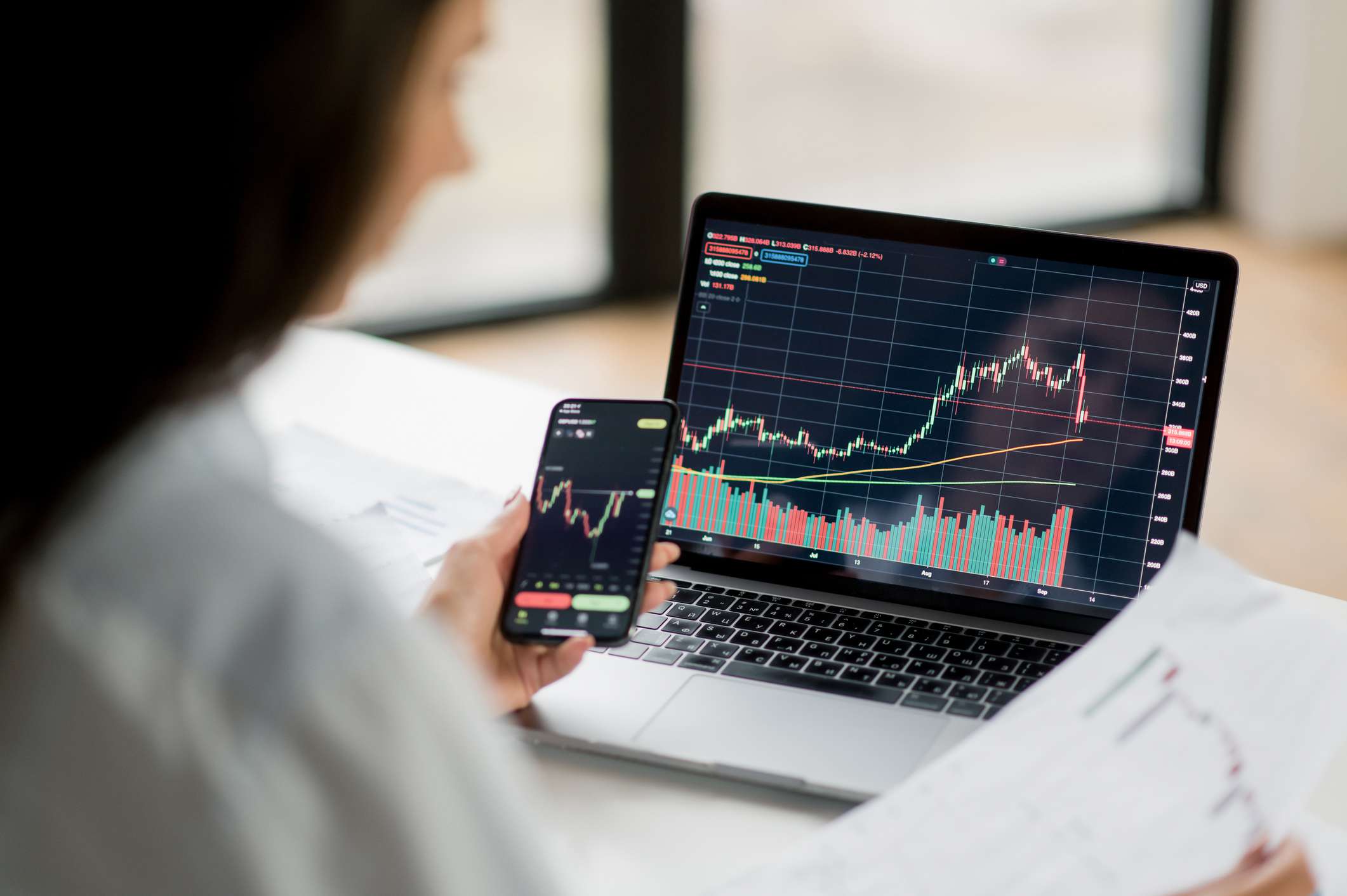
The stock market is a dynamic and integral part of any country’s economy. It plays a pivotal role in reflecting the overall financial health of a nation. In India, when we talk about assessing the pulse of the stock market, the term “Sensex” often comes into play. In this article, we will delve deep into understanding what Sensex is, its historical context, how it is calculated, and its significance in the Indian financial landscape.
Historical Background
The term “Sensex” is a portmanteau of the words “Sensitive Index.” The Bombay Stock Exchange (BSE) introduced Sensex in 1986. It was designed to provide a snapshot of the performance of the top 30 companies listed on the BSE. These companies were carefully selected, representing various sectors of the Indian economy.
Components of Sensex
Sensex comprises 30 of the largest and most actively traded stocks from different sectors, including finance, information technology, energy, and consumer goods. Some of the prominent companies featured in the Sensex include Reliance Industries, Tata Consultancy Services, and HDFC Bank.
How Sensex is Calculated
The calculation of Sensex is quite straightforward. It uses a free-float market capitalization methodology. The market capitalization of each company in the index is multiplied by its free-float factor to arrive at the index’s value. The formula for Sensex is: Sensex = Σ (Pi × Qi) / D Where:
Pi = Last traded price of the stock
Qi = Free-float factor of the stock
D = Divisor for the index
Significance of Sensex
Sensex serves as a vital indicator of market trends. When Sensex goes up, it indicates a bullish market sentiment, suggesting that investors are optimistic about the economy’s future. Conversely, a declining Sensex reflects a bearish market sentiment.
Sensex vs. Nifty
Often, people confuse Sensex with Nifty. While both are stock market indices in India, they have significant differences. Sensex represents the BSE, while Nifty represents the National Stock Exchange (NSE). Nifty comprises 50 stocks, and its methodology for calculation is slightly different from Sensex.
The Role of Sensex in the Indian Economy
Sensex is more than just a number. It is an essential tool for policymakers and investors to gauge the overall economic health of India.
The performance of Sensex impacts foreign investments, and it influences foreign institutional investors to invest in Indian markets.
Sensex and Stock Market Trends
Traders and investors closely monitor Sensex to predict market movements. Changes in Sensex often lead to changes in trading patterns, and investors use its trends to make informed decisions.
Factors Influencing Sensex
Several factors affect Sensex, including global market trends, political developments, inflation rates, and government policies. Economic reforms and corporate performances also play a crucial role in determining Sensex movements.
Understanding Sensex Fluctuations
Sensex can be highly volatile, with frequent ups and downs. Understanding these fluctuations is essential for investors to make informed decisions. These fluctuations are primarily driven by market sentiment and external factors.
Sensex for Investors
For investors, Sensex is a valuable tool for assessing market conditions. It helps in building diversified portfolios and identifying potential investment opportunities.
Sensex and Global Markets
Sensex is not just confined to Indian markets. It is widely watched in global financial circles as an indicator of India’s economic performance and attractiveness to international investors.
Risks Associated with Sensex
While Sensex provides valuable insights, it’s crucial to understand the risks associated with stock market investments. It can lead to financial losses, and investors should be cautious and well-informed.
Sensex and Economic Indicators
Reflects broader economic indicators, including GDP growth, industrial production, and inflation rates. A rising Sensex generally aligns with a growing economy.
Conclusion
In conclusion, Sensex is more than just a numerical figure; it’s a reflection of India’s economic vitality. It provides insights into market trends, economic performance, and investment opportunities. Understanding Sensex is crucial for investors, policymakers, and anyone interested in the Indian economy.
FAQs
- How often is Sensex calculated?
Sensex is calculated continuously throughout the trading session and is updated every second.
- Is Sensex the only stock market index in India?
No, India has several stock market indices, with Nifty being the most prominent alongside Sensex.
- Can I invest in Sensex directly?
You cannot invest in Sensex directly, but you can invest in exchange-traded funds (ETFs) that track Sensex.
- What is the role of the BSE in managing Sensex?
The Bombay Stock Exchange (BSE) is responsible for maintaining and calculating the Sensex.
- Are there any alternative indices to Sensex for assessing the Indian stock market?
Yes, Nifty is the primary alternative, but there are also sector-specific indices that focus on specific industries or sectors within the Indian economy.






